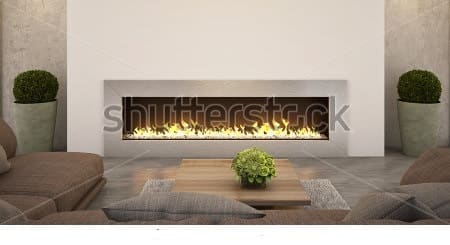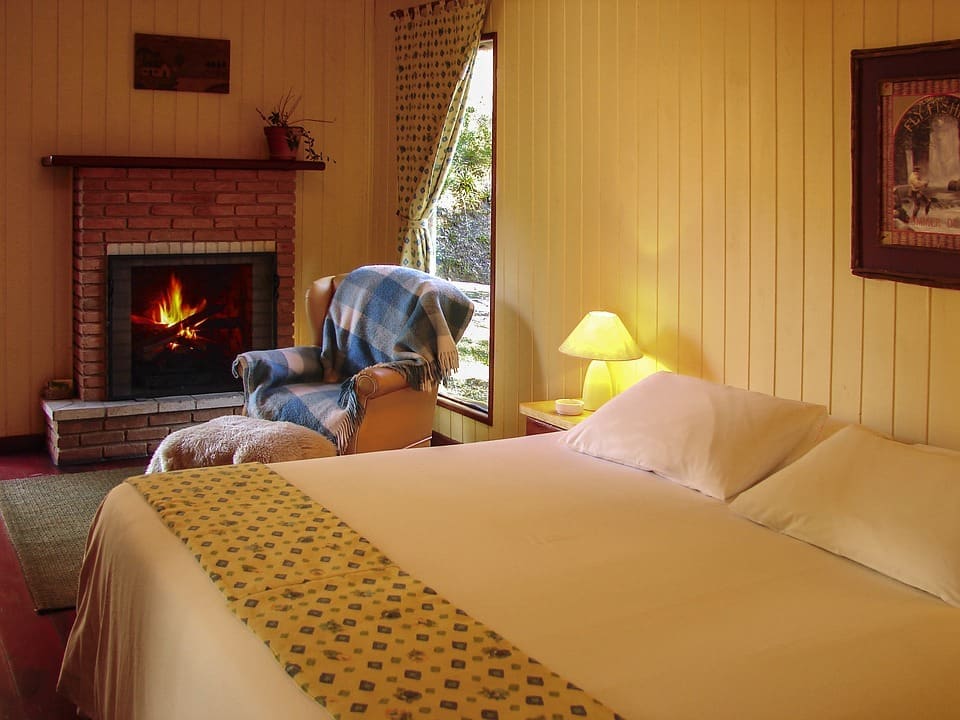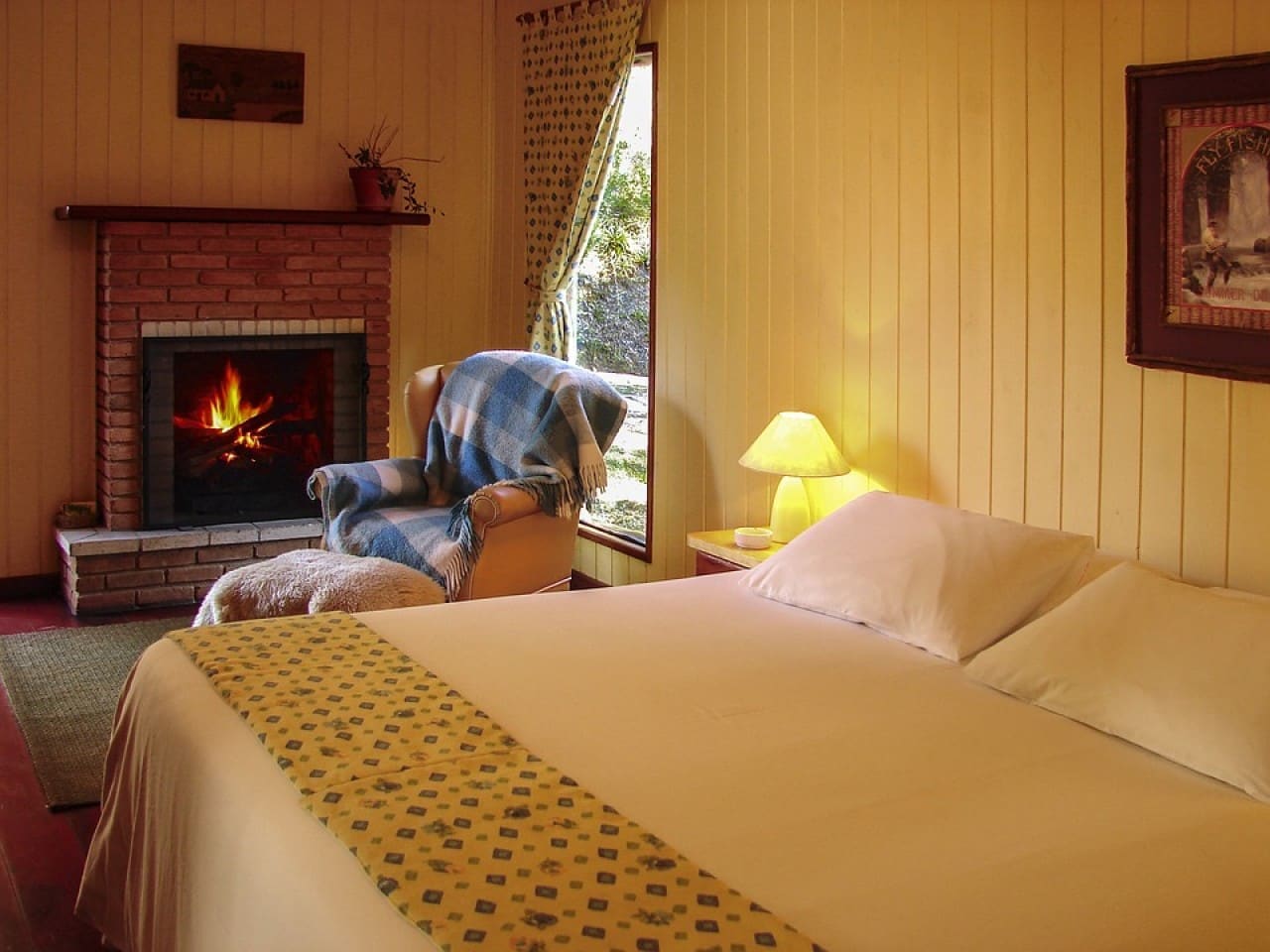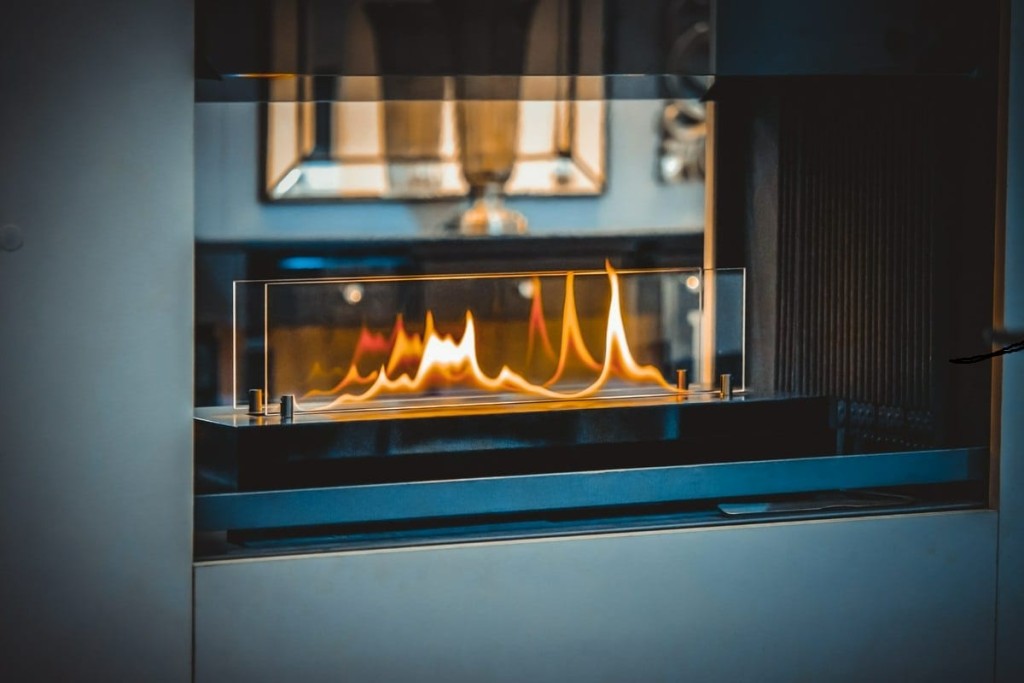How much warmth does a bio-fireplace emit?
Both in western European countries and in Poland, a bio-fireplace is considered mainly as a decorative element. Little does one know that bio-fireplaces can be used to heat interiors as well. Undeniably, they perform a heating function, which is worth remembering when taking a decision to install a fireplace at home.
A modern bio-fireplace is not only a nice object. When it gets colder outside and days become shorter and shorter, fireplaces might be used effectively to heat a flat.
Which fireplace to choose?
When you decide to buy a fireplace, you should remember about the size of the living area as well as about its dimensions. An average nominal heating output of a fireplace insert, as declared by their producers, ranges from 7 to 10 kW, which enables heating the total area of 100 m. sq.
Apart from their aesthetic features, contemporary bio-fireplaces usually have a nominal heating capacity between 2 kW and 4 kW, which allows us to heat the room of maximum 30 m. sq. So, they can replace 2 radiators successfully.
It is undeniable that traditional fireplaces with water jacket inserts or cast-iron fireplaces have higher nominal heating capacity. However, they require a tedious and time-consuming maintenance. On the other hand, the heating capacity of a bio-fireplace is lower but we do not have to take a long time, to prepare „fuel” or clean a furnace, which is burdensome especially in big flats.
Lower heating capacity but higher comfort ?
How much warmth does a bio-fireplace emit?
A nominal heating capacity of a bio-fireplace is sufficient enough to heat a small flat or a large size room, particularly if we opt for a model of standard heating capacity.
As you can see a popular belief that a fireplace is only a decorative element is not exactly true, especially that we can additionally increase its thermal capacity by means of specialist accessories such as stones or ceramic logs, which absorb warmth perfectly during the process of bio-ethanol combustion.










